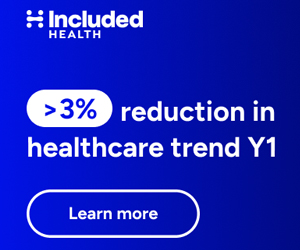There’s lots of activity in Health 2.0. So I thought I’d showcase a couple of new sites today…
1. A company that I’ve been closely involved with and (FD!) am
an adviser to, Enhanced Medical Decisions, has now officially launched
the beta of DoubleCheckMD.
You can go to the site, put in your symptoms and the drugs that you’re
on and effectively (without knowing it) in seconds search the entire
literature on which symptoms might be caused by the drugs you’re on,
what possible interactions there might be, what your next steps should
be, and what else you should be aware of. I know I’m biased but I think
that this is one of the most innovative technologies developed so far
in Health 2.0.
2. CEO Chiara Bell has been working hard to develop Enurgi, which allows people to locate, hire, manage and pay nursing staff for families that need support for elderly relatives at home. A nice integration of directory, social networking and functionality. And of course nurses and other caregiver professionals can use this site to look for business.
3. Health World Web launched
this year with a healthcare provider directory that allows members to
search for providers and add their own reviews and rankings to that
knowledge base. In September, HWW relaunched its patient community with
social network functionality. Dan Kogan the CEO says to think of this
site as a cross between Facebook and Citysearch.com that’s devoted to
health and healthcare. Like the former site you can create your own
communities, like the latter you can search for the Healthcare
providers in your area or country-wide as well as research their
education and experience and share that information with others. Stay
tuned for other HWW innovative functionalities based on social network
and decision making platform. To learn more about Health World Web go
to here.
All of these are very, very early stage companies. And all of them have really interesting promise. Feel free to go take a look. And of course give the companies feedback as to what you thing about their tools.












